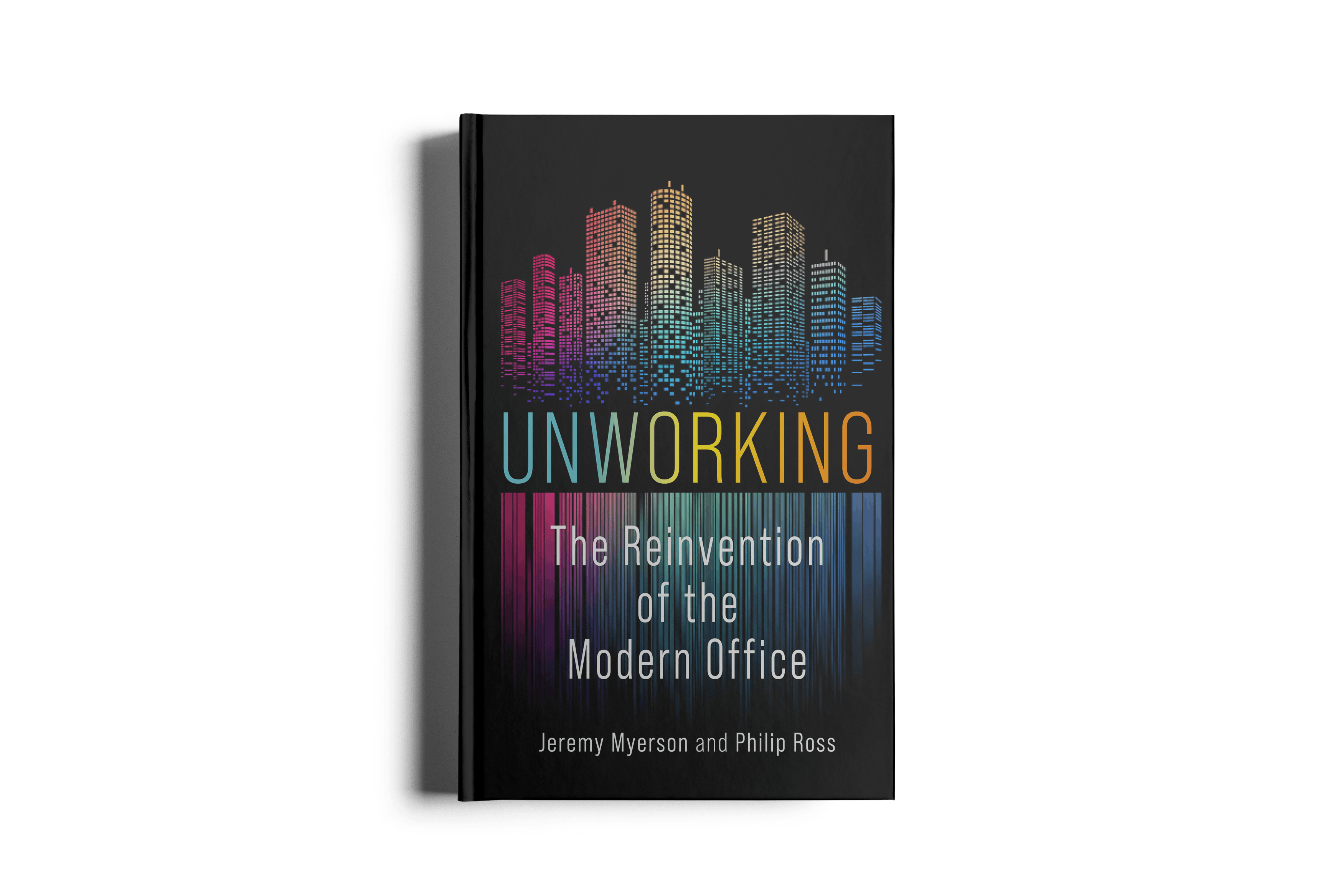To mark the launch of their new book Unworking, authors Philip Ross and Jeremy Myerson reflect on the need to jettison old ideas about the office and think more radically about the future
In the annals of the modern workplace, the year 2022 already looks set to secure a special place.
This year we have seen millions of workers around the world mandated back to the office by their employers after the global pandemic, but resist doing so in huge numbers. In the UK, senior government ministers have left unsubtle calling cards on the desks of work-and-home civil servants, demanding they return to Whitehall as soon as possible.
Companies have invested heavily in all types of smart technology, including VR headsets, video suites and even the metaverse, as they to try to find ways to enable a remote workforce to collaborate more effectively in a ‘hybrid’ model.
Employers have started paying unprecedented attention to the mental wellbeing of their workers, not just their physical safety. And designers have started remodelling office space with a focus on hospitality, socialising and ‘customer’ experience.
A different picture
Jump back exactly 100 years and the picture was very different. The early 1920s were goldrush years for the modern office as tall buildings sprung up amid rapid urbanization and the rise of a set of dominant industrial technologies, including the telephone, writer, elevator and electric light. These vast work towers were staffed by identikit armies of office clerks, overwhelmingly white, male and able-bodied, a far cry from today’s more diverse workforces.
To experience office life in 1922 was to be part of a machine – to be a cog in a mechanical system with the office building as the fixed, immoveable point in this time-and-motion universe. To experience office life in 2022 is to spend a large chunk of the week avoiding it altogether, working at home instead, or in a café or coworking lounge, using a new dominant set of digital technologies to contribute and communicate.
Unravelling how we work
How we went from the stern, scientifically managed office, derived from the industrial factory floor and firmly rooted in time and space, to the current model of working anyhow, anytime and anywhere is the subject our new book, Unworking: The Reinvention of the Modern Office (Reaktion Books).
We have reached such a different place in the evolution of the modern office – physically, conceptually and philosophically – that a new way of thinking is required to grasp the scale of the transition currently underway.
We describe the term ‘unworking’ as unravelling how we work, unbundling the assumptions that are baked into the modern office, and unlearning the habits, management styles and workplace cultures that have traditionally defined our behaviour at work. The purpose of ‘unworking’ is to reimagine what the future workplace could be like, but this is no easy task.
Taylorist ideas about office design, organization and productivity are deeply ingrained – the effect of a century of management indoctrination, a spell only broken by the public health crisis of the pandemic which put the office itself out of bounds just long enough for a total rethink to get underway.
Even the current binary debate about hybrid working – which is better, office or home? – clings to the past. It speaks to an old model of office boundaries when changing social attitudes and technological innovations suggest a boundaryless workplace.
A fitting metaphor

The front cover of Unworking has a graphic evoking a skyline of office towers passing down through a shredder and emerging as software code. This is a fitting metaphor for the office becoming a software solution in the 21st century as opposed to being all about physical hardware and place, a 20th century obsession.
The book charts the evolution of the office from the age of efficiency through the social democratic ideals of the community-based workplace to the rise of the network. It is centrally preoccupied with what comes next as our organizations, experiences, spaces, technologies, design processes, even our cities, are subject to radical change.
‘The cover evokes a skyline of office towers passing through a shredder to emerge as software code…’
No longer the all-powerful setting for work, Unworking explores how the modern office is morphing into something else: We predict it will become more sentient, social, elastic and personalized, a magnetizing response to people having a choice about whether or not to come to the office whereas before there was simply no alternative. But you’ll have to read the book to find out how.
Unworking: The Reinvention of the Modern Office by Jeremy Myerson and Philip Ross is published on 31 August 2022 by Reaktion Books, and distributed in the US by the University of Chicago Press.
Order your copy here

